 The US Lumber Coalition says lumber price drop is due to weak housing market and excess Canadian supply. In other Business news: Unifor Canada says the US needs Canadian lumber; Savannah, Georgia questions International Paper’s mill closure; and Stella-Jones is fined for unlawful water pollution in Oregon. Meanwhile: the Danish timber industry bemoans burden of EU packaging rules; and palm oil companies say US’ EUDR exemption should apply to them too.
The US Lumber Coalition says lumber price drop is due to weak housing market and excess Canadian supply. In other Business news: Unifor Canada says the US needs Canadian lumber; Savannah, Georgia questions International Paper’s mill closure; and Stella-Jones is fined for unlawful water pollution in Oregon. Meanwhile: the Danish timber industry bemoans burden of EU packaging rules; and palm oil companies say US’ EUDR exemption should apply to them too.
In Forestry/Wildfire new: BC’s North Cowichan council to make logging a strategic priority; a Lakehead University researcher says soils are key to carbon storage; and a Clemson University prof says wildfires impact soil too. Meanwhile: more Oregon cities are buying their forest watersheds; Washington States’ old-but-not-quite-old-growth conservation announcement; the latest from the BC Community Forest Association; and wildfire updates from BC, Ontario, Nova Scotia, and Oregon.
Finally, happy Labour Day long weekend! The frogs are back on our pads Tuesday.
Kelly McCloskey, Tree Frog News Editor

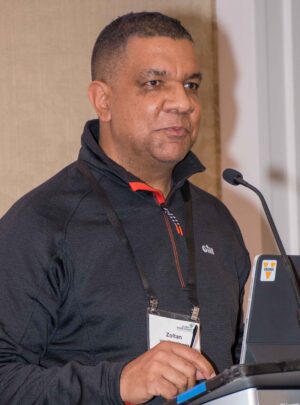


 The Danish timber industry is warning of significant financial strain following the introduction of new packaging regulations, which came into effect on 1 January as part of the EU’s packaging directive. According to the Danish Wood Packaging Association (DTE), the rules on extended producer responsibility place the cost burden on manufacturers, even when customers dictate the design and specifications. DTE argues this “uneven” implementation could cost the sector over DKK 60 million annually, with pallet prices expected to rise by around 20%. …The association also criticised the fee structure, claiming it relies on outdated data and fails to differentiate between clean, recyclable wood and mixed wood waste, unnecessarily inflating costs and threatening Danish jobs. DTE is calling for reforms to align payment with design responsibility, adjust fees based on environmental impact, and ensure imported packaging is subject to the same standards.
The Danish timber industry is warning of significant financial strain following the introduction of new packaging regulations, which came into effect on 1 January as part of the EU’s packaging directive. According to the Danish Wood Packaging Association (DTE), the rules on extended producer responsibility place the cost burden on manufacturers, even when customers dictate the design and specifications. DTE argues this “uneven” implementation could cost the sector over DKK 60 million annually, with pallet prices expected to rise by around 20%. …The association also criticised the fee structure, claiming it relies on outdated data and fails to differentiate between clean, recyclable wood and mixed wood waste, unnecessarily inflating costs and threatening Danish jobs. DTE is calling for reforms to align payment with design responsibility, adjust fees based on environmental impact, and ensure imported packaging is subject to the same standards. A reader wrote The Discourse recently with a question about why the BC Wildfire Service protects privately-owned forest land on Vancouver Island. It was an interesting question, but it hinted at a bigger one: What are forestry companies doing to prevent and mitigate wildfires from happening in the first place? Recent major wildfires on Vancouver Island have been on a mix of Crown land and private land owned by or under license of forestry companies. This includes the fire from early this week on Block 290 near Mount Benson that was recently transferred to Snuneymuxw First Nation. A recent special investigation by the BC Forest Practices Board on
A reader wrote The Discourse recently with a question about why the BC Wildfire Service protects privately-owned forest land on Vancouver Island. It was an interesting question, but it hinted at a bigger one: What are forestry companies doing to prevent and mitigate wildfires from happening in the first place? Recent major wildfires on Vancouver Island have been on a mix of Crown land and private land owned by or under license of forestry companies. This includes the fire from early this week on Block 290 near Mount Benson that was recently transferred to Snuneymuxw First Nation. A recent special investigation by the BC Forest Practices Board on 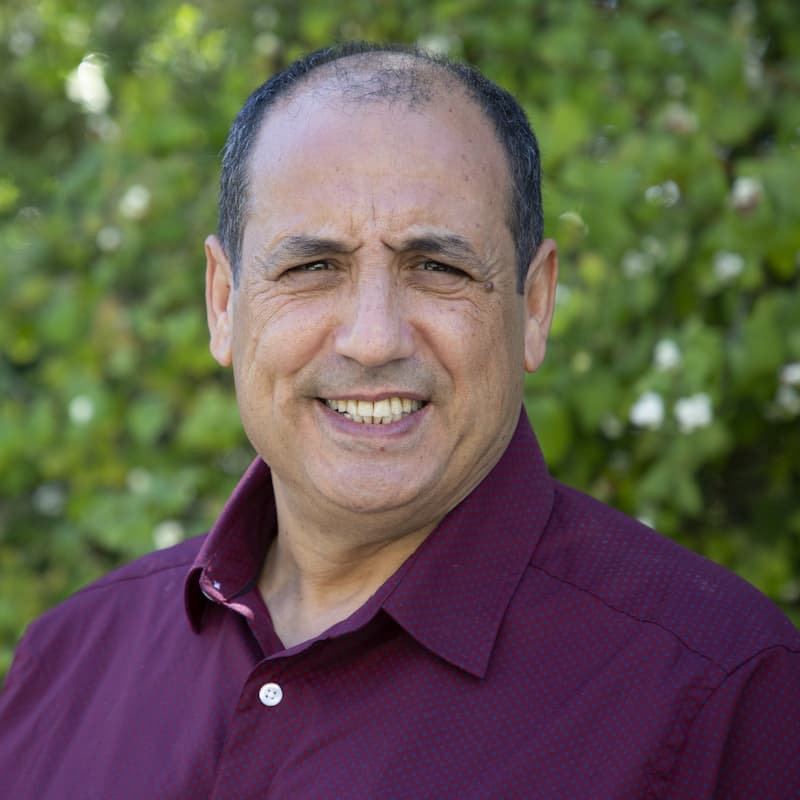
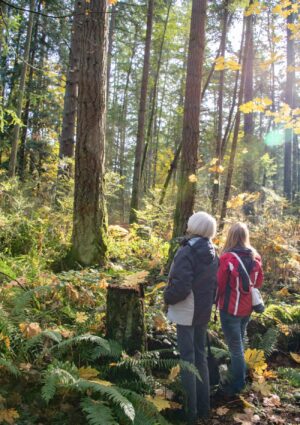 QUESNEL, BC — The Three Rivers Community Forest (TRCF) is showing how local control can bring fresh ideas to forest management, general manager Nick Pickles told Quesnel council this week. The area-based tenure, signed in October 2024, covers more than 38,000 hectares and is jointly owned by the City of Quesnel and the Esdilagh, Lhtako Dene, and Nazko First Nations. It comes with an allowable annual harvest of about 43,000 cubic-metres of conifer and another 10,500 cubic-metres of deciduous timber, Pickles explained at council’s Aug. 26 meeting. …Pickles said the TRCF mandate is more than just cutting trees. “It’s designed to provide long-term access to forest resources for community benefit. It focuses on local decision-making, stewardship, and sustainable forest use.” Profits are reinvested locally, whether it’s jobs, education, or infrastructure, Pickles added.
QUESNEL, BC — The Three Rivers Community Forest (TRCF) is showing how local control can bring fresh ideas to forest management, general manager Nick Pickles told Quesnel council this week. The area-based tenure, signed in October 2024, covers more than 38,000 hectares and is jointly owned by the City of Quesnel and the Esdilagh, Lhtako Dene, and Nazko First Nations. It comes with an allowable annual harvest of about 43,000 cubic-metres of conifer and another 10,500 cubic-metres of deciduous timber, Pickles explained at council’s Aug. 26 meeting. …Pickles said the TRCF mandate is more than just cutting trees. “It’s designed to provide long-term access to forest resources for community benefit. It focuses on local decision-making, stewardship, and sustainable forest use.” Profits are reinvested locally, whether it’s jobs, education, or infrastructure, Pickles added.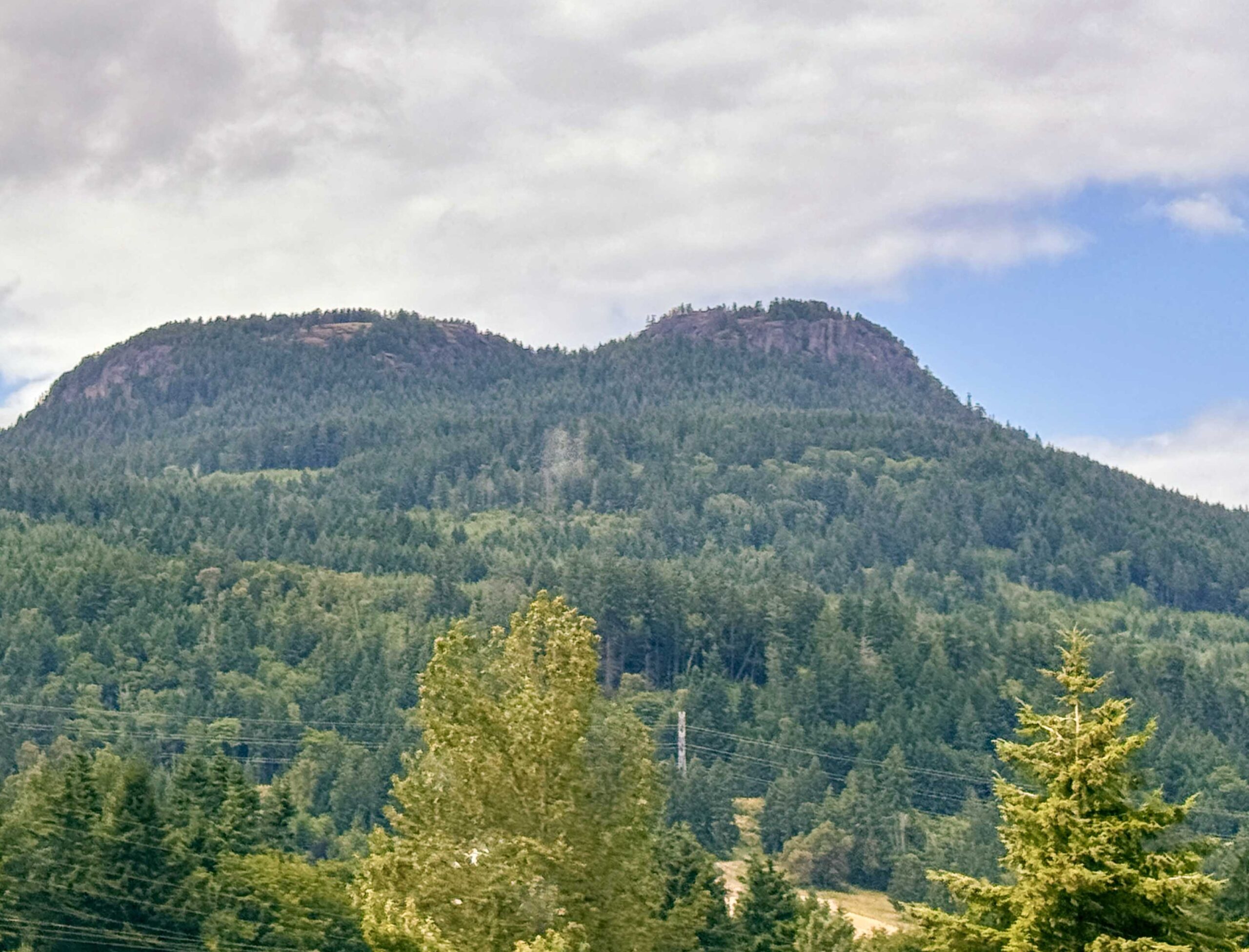 North Cowichan council has voted to make logging in the municipal forest reserve a strategic priority, despite warnings from some councillors and staff that the move could jeopardize years of work with the Quw’utsun Nation on a forest co-management framework. Timber harvesting in the roughly 5,000-hectare public forest has been on pause since 2019 to allow for public engagement, consultation with local First Nations and advice from experts on how to manage the publicly-owned woodland. Surveys found a majority of residents preferred conservation over harvesting — with 67 per cent of telephone respondents and 76 per cent of online respondents supporting either limiting timber harvesting … or not harvesting timber at all. In 2021, North Cowichan signed a memorandum of understanding with the Quw’utsun Nation… While it could take years before harvesting resumes, some around the council table warned that exploring harvesting options could negatively impact progress made towards a co-management framework with the Quw’utsun Nation.
North Cowichan council has voted to make logging in the municipal forest reserve a strategic priority, despite warnings from some councillors and staff that the move could jeopardize years of work with the Quw’utsun Nation on a forest co-management framework. Timber harvesting in the roughly 5,000-hectare public forest has been on pause since 2019 to allow for public engagement, consultation with local First Nations and advice from experts on how to manage the publicly-owned woodland. Surveys found a majority of residents preferred conservation over harvesting — with 67 per cent of telephone respondents and 76 per cent of online respondents supporting either limiting timber harvesting … or not harvesting timber at all. In 2021, North Cowichan signed a memorandum of understanding with the Quw’utsun Nation… While it could take years before harvesting resumes, some around the council table warned that exploring harvesting options could negatively impact progress made towards a co-management framework with the Quw’utsun Nation. Bikers should take note that end-of-summer logging operations are kicking into gear at Revelstoke’s Mount MacPherson for a month starting next week, but minimally impacting recreational trails, according to a local cycling group. In a Facebook post on Wednesday afternoon, Aug. 27, the Revelstoke Cycling Association (RCA) advised that forest harvesting begins at the mountain’s upper trail network on the weekdays following the Labour Day weekend. This comes one week later than previously indicated in RCA’s trail report. Logging will run from 3 a.m. to 5 p.m. weekdays through most or all of September, with no activity planned for weekends, according to the association.
Bikers should take note that end-of-summer logging operations are kicking into gear at Revelstoke’s Mount MacPherson for a month starting next week, but minimally impacting recreational trails, according to a local cycling group. In a Facebook post on Wednesday afternoon, Aug. 27, the Revelstoke Cycling Association (RCA) advised that forest harvesting begins at the mountain’s upper trail network on the weekdays following the Labour Day weekend. This comes one week later than previously indicated in RCA’s trail report. Logging will run from 3 a.m. to 5 p.m. weekdays through most or all of September, with no activity planned for weekends, according to the association. In this edition of our newsletter you’ll find these headlines and more:
In this edition of our newsletter you’ll find these headlines and more:
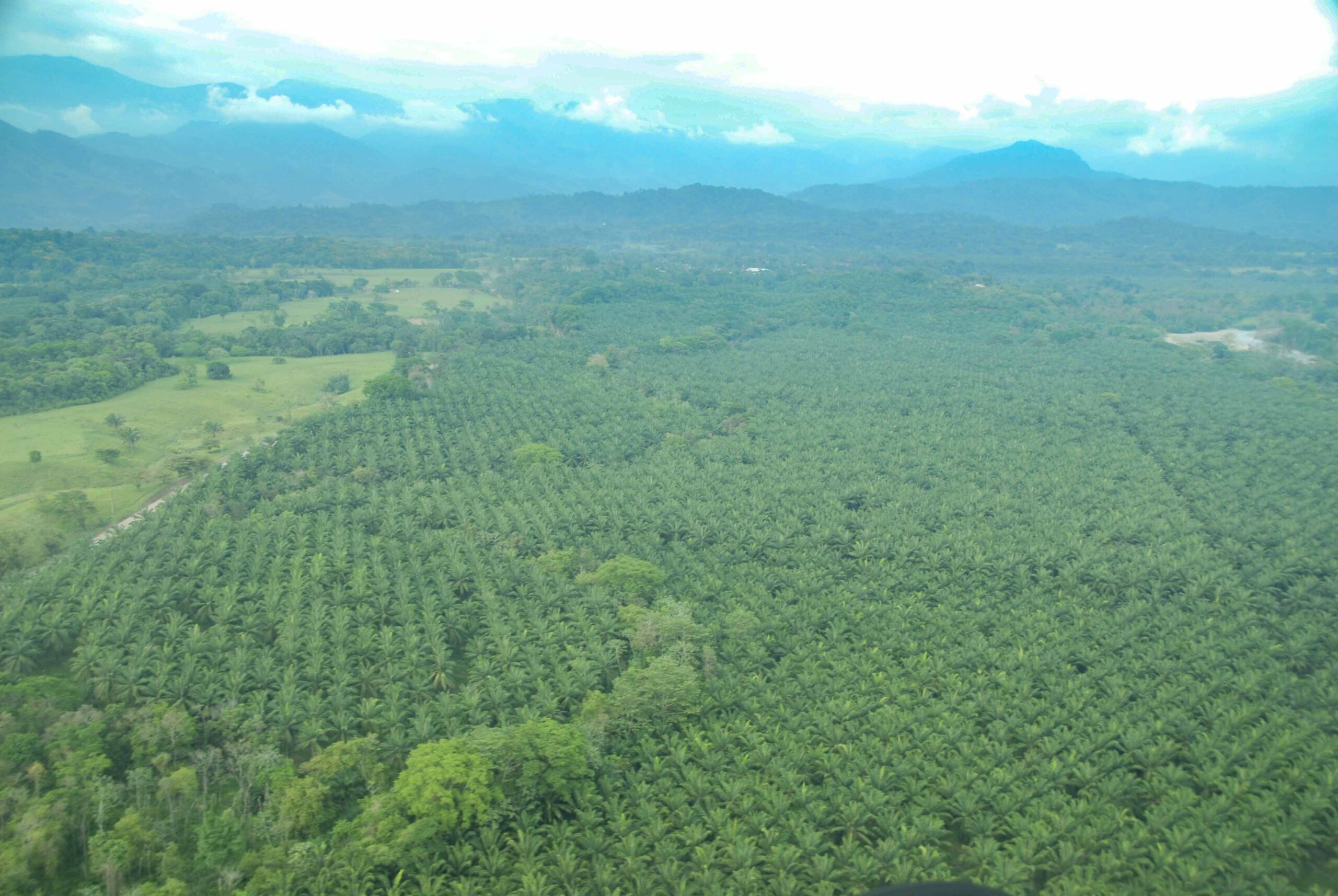
 Industry concerns have been raised over a freshly-struck agreement between the EU and the US over future trading arrangements, which observers have asserted could lead to America being offered exceptions from complying with EUDR environmental laws, reports Neill Barston. As the Palm Oil Monitor non-governmental organisation noted, if America is to be permitted exemptions from data monitoring underpinning the entire basis of the much-anticipated deforestation laws following intense lobbying from its paper industry, then other trading partners including Malaysia and Indonesia – which have core interests in the supply of palm oils for the confectionery and snacks sector, should be allowed similar treatment. …Moreover, as the palm oil industry organisation stated, unveiling the broader US-EU Trade Framework Agreement presents an immediate major hurdle for the EU Commission. In seemingly offering preferential treatment for America, this could, in its view, lead to challenges from the World Trade Organisation over equal trading between nationalities.
Industry concerns have been raised over a freshly-struck agreement between the EU and the US over future trading arrangements, which observers have asserted could lead to America being offered exceptions from complying with EUDR environmental laws, reports Neill Barston. As the Palm Oil Monitor non-governmental organisation noted, if America is to be permitted exemptions from data monitoring underpinning the entire basis of the much-anticipated deforestation laws following intense lobbying from its paper industry, then other trading partners including Malaysia and Indonesia – which have core interests in the supply of palm oils for the confectionery and snacks sector, should be allowed similar treatment. …Moreover, as the palm oil industry organisation stated, unveiling the broader US-EU Trade Framework Agreement presents an immediate major hurdle for the EU Commission. In seemingly offering preferential treatment for America, this could, in its view, lead to challenges from the World Trade Organisation over equal trading between nationalities.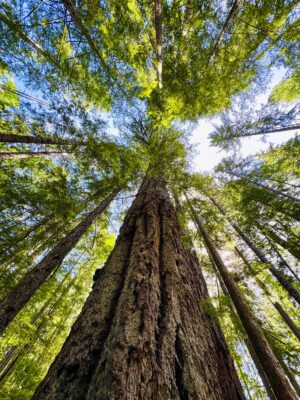 An executive order by Washington Commissioner of Public Lands Dave Upthegrove has put 77,000 acres of older forests off-limits to logging. …Some local activists call these old-but-not-quite-old-growth stands “legacy forests,” and have resorted to protests, including tree sits and road blockades, to stop them from being sawed down. Upthegrove’s order would also allow logging to go forward on 29,000 acres of those almost-old-growth forests. Some environmental groups praised the move, while others say it greenlights too much logging of the best remaining older forests. …Forest activists still hope to save some of areas slated to be logged over the next five years. …State officials say that timber harvest levels — and the revenue that goes to schools and counties — would be largely unaffected by the executive order. …The Department of Natural Resources has 346,000 acres of structurally complex forests on the 2.4 million acres of forestland it manages.
An executive order by Washington Commissioner of Public Lands Dave Upthegrove has put 77,000 acres of older forests off-limits to logging. …Some local activists call these old-but-not-quite-old-growth stands “legacy forests,” and have resorted to protests, including tree sits and road blockades, to stop them from being sawed down. Upthegrove’s order would also allow logging to go forward on 29,000 acres of those almost-old-growth forests. Some environmental groups praised the move, while others say it greenlights too much logging of the best remaining older forests. …Forest activists still hope to save some of areas slated to be logged over the next five years. …State officials say that timber harvest levels — and the revenue that goes to schools and counties — would be largely unaffected by the executive order. …The Department of Natural Resources has 346,000 acres of structurally complex forests on the 2.4 million acres of forestland it manages. For a small but growing number of Oregon forestland buyers, timber output is no more than a potential byproduct. Their purchases are driven less by a desire for logs than for clean, drinkable water. …city governments have long drawn their drinking water from surrounding forests, but experts say more are now actually buying the tracts encompassing those crucial streams and rivers. …The prospect of hotter, drier weather diminishing summer stream flows — even as populations keep growing — is spurring cities to assert more control over their water supplies, experts say. …Apart from water quality considerations, cities are buying forested watersheds to encourage old growth characteristics, with the intent of actually boosting water supplies over the long term, experts say. …Though municipal ownership of forest watersheds is intended to pre-empt disputes between cities and timber operators, the arrangement can still lead to tension over management decisions.
For a small but growing number of Oregon forestland buyers, timber output is no more than a potential byproduct. Their purchases are driven less by a desire for logs than for clean, drinkable water. …city governments have long drawn their drinking water from surrounding forests, but experts say more are now actually buying the tracts encompassing those crucial streams and rivers. …The prospect of hotter, drier weather diminishing summer stream flows — even as populations keep growing — is spurring cities to assert more control over their water supplies, experts say. …Apart from water quality considerations, cities are buying forested watersheds to encourage old growth characteristics, with the intent of actually boosting water supplies over the long term, experts say. …Though municipal ownership of forest watersheds is intended to pre-empt disputes between cities and timber operators, the arrangement can still lead to tension over management decisions.
 Three new wildfires were confirmed today in the Northeast Region, one is out and two are burning out of control, according to the latest report from Aviation, Forest Fire and Emergency Services. North Bay 14 is on the north side of French River, about 4.5 km south of Sandy Island on Lake Nipissing. This fire is 1.5 hectares and not under control. Haliburton 26 is 0.5 hectares and located on Coo-ee Island on Kahshe Lake. The fire is also not under control. Chapleau 14 was 0.1 hectares and located on the south side of Bunting Lake, approximately 2.6 kilometres west of Perth Lake, and 1.1 kilometres south of Nackawic Lake. It is out. There are six active fires in the Northeast region; one is under control, two are not under control, and three are being observed.
Three new wildfires were confirmed today in the Northeast Region, one is out and two are burning out of control, according to the latest report from Aviation, Forest Fire and Emergency Services. North Bay 14 is on the north side of French River, about 4.5 km south of Sandy Island on Lake Nipissing. This fire is 1.5 hectares and not under control. Haliburton 26 is 0.5 hectares and located on Coo-ee Island on Kahshe Lake. The fire is also not under control. Chapleau 14 was 0.1 hectares and located on the south side of Bunting Lake, approximately 2.6 kilometres west of Perth Lake, and 1.1 kilometres south of Nackawic Lake. It is out. There are six active fires in the Northeast region; one is under control, two are not under control, and three are being observed.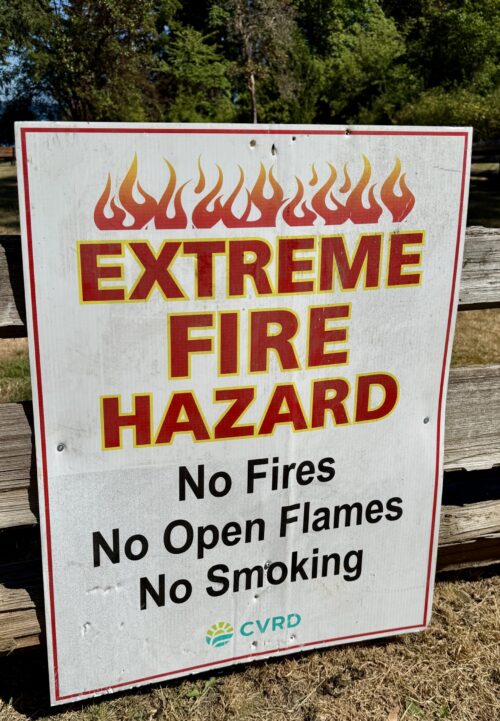 The number of active wildfires in British Columbia has leapt by more than a dozen following several days of hot, sunny weather. B.C. Wildfire Service (BCWS) figures Thursday morning show 81 active blazes, up from 68 on Wednesday, with 19 new starts and seven fires declared out over the past 24 hours. There are now 17 fires classified as burning out of control, up from four on Monday, including a cluster of new starts in the northwestern part of the Cariboo region. The wildfire service’s map also shows three new blazes detected Thursday in conservancy areas northwest of Whistler. BCWS says hot, dry conditions have left fuels across much of the province highly susceptible to ignition and spread. …The wildfire service says thunderstorms in the south are bringing a risk of lightning to the Coastal and southern Interior fire centres, and while those storms could help moderate temperatures slightly…
The number of active wildfires in British Columbia has leapt by more than a dozen following several days of hot, sunny weather. B.C. Wildfire Service (BCWS) figures Thursday morning show 81 active blazes, up from 68 on Wednesday, with 19 new starts and seven fires declared out over the past 24 hours. There are now 17 fires classified as burning out of control, up from four on Monday, including a cluster of new starts in the northwestern part of the Cariboo region. The wildfire service’s map also shows three new blazes detected Thursday in conservancy areas northwest of Whistler. BCWS says hot, dry conditions have left fuels across much of the province highly susceptible to ignition and spread. …The wildfire service says thunderstorms in the south are bringing a risk of lightning to the Coastal and southern Interior fire centres, and while those storms could help moderate temperatures slightly…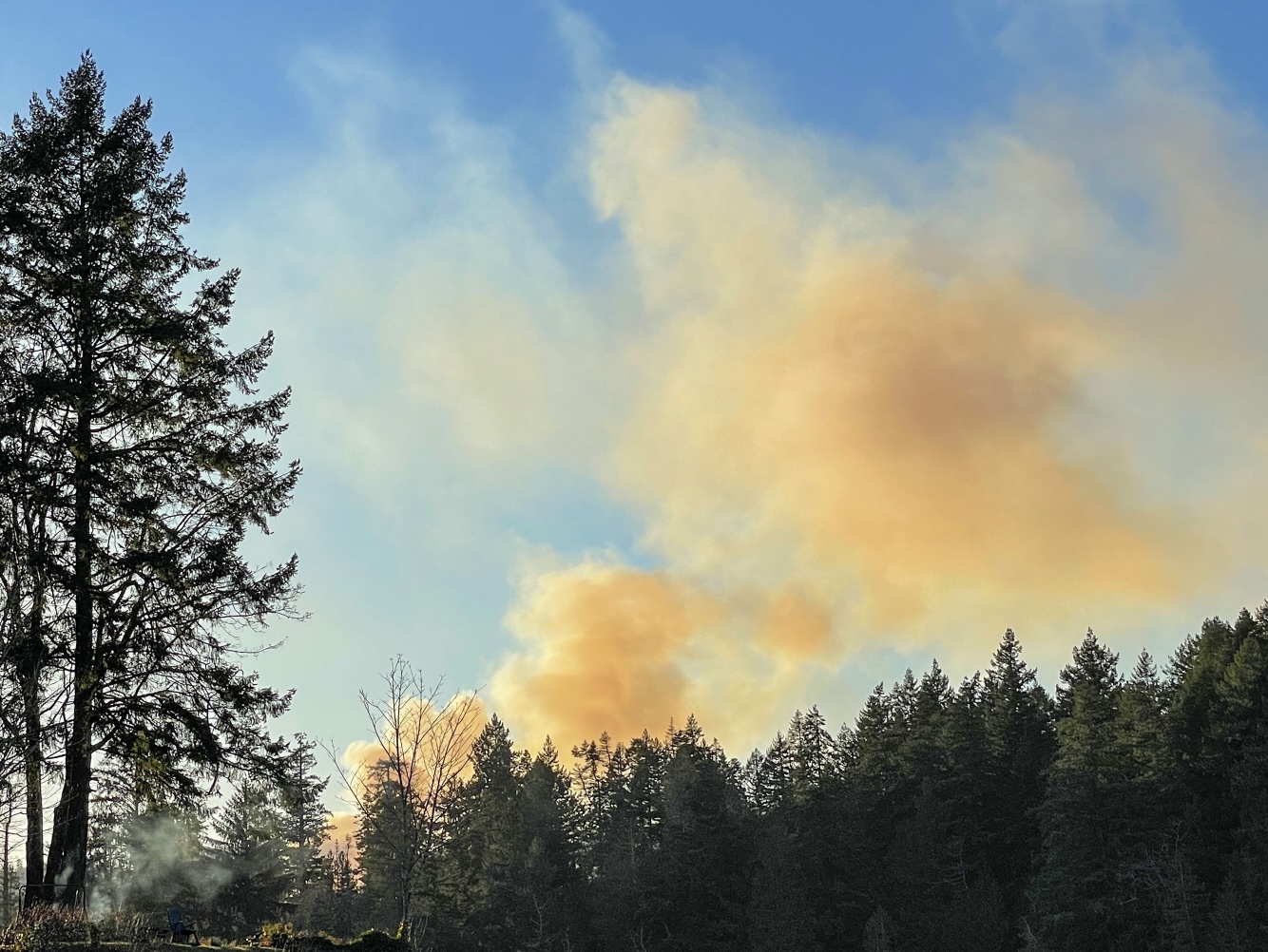 The Nova Scotia government has confirmed 20 homes were destroyed last weekend in the Annapolis County wildfire, which remains out of control and is estimated at 8,234 hectares — or more than 82 square kilometres. According to a news release on Thursday, the residences were destroyed Sunday on West Dalhousie and Thorne roads. Not all of the residences were primary structures. “Our hearts are broken for residents in the West Dalhousie community who’ve lost their homes,” Premier Tim Houston said in a news release. “It’s overwhelming to get that news, it will be a long road to recovery, and I know residents will find comfort through this strong, tight-knit community. The wildfire in the West Dalhousie area of Nova Scotia is still burning out of control and has destroyed 20 homes. The Long Lake fire, which started on Aug. 13, is estimated to be 8,234 hectares in size (or more than 82 square kilometres), as of 11:30 a.m.
The Nova Scotia government has confirmed 20 homes were destroyed last weekend in the Annapolis County wildfire, which remains out of control and is estimated at 8,234 hectares — or more than 82 square kilometres. According to a news release on Thursday, the residences were destroyed Sunday on West Dalhousie and Thorne roads. Not all of the residences were primary structures. “Our hearts are broken for residents in the West Dalhousie community who’ve lost their homes,” Premier Tim Houston said in a news release. “It’s overwhelming to get that news, it will be a long road to recovery, and I know residents will find comfort through this strong, tight-knit community. The wildfire in the West Dalhousie area of Nova Scotia is still burning out of control and has destroyed 20 homes. The Long Lake fire, which started on Aug. 13, is estimated to be 8,234 hectares in size (or more than 82 square kilometres), as of 11:30 a.m.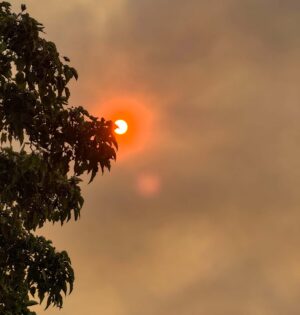 Border Patrol agents arrested two firefighters Wednesday – who they say were in the United States illegally – while they were working to contain Washington state’s biggest wildfire. …The Bear Gulch Fire on the peninsula has already torched almost 9,000 acres in the Olympic National Forest. …The human-caused wildfire on Washington’s Olympic Peninsula has been burning since July 6 and was just 13% contained as of Thursday. …Washington Gov. Bob Ferguson said he is “deeply concerned” about the arrests. Washington Sen. Patty Murray said, “Trump has undercut our wildland firefighting abilities in more ways than one—from decimating the Forest Service and pushing out thousands of critical support staff, to now apparently detaining firefighters on the job.” Under the Biden administration, the Department of Homeland Security said it would not conduct immigration enforcement “at locations where disaster and emergency response and relief is being provided” such as evacuation routes or areas where emergency supplies are being distributed.
Border Patrol agents arrested two firefighters Wednesday – who they say were in the United States illegally – while they were working to contain Washington state’s biggest wildfire. …The Bear Gulch Fire on the peninsula has already torched almost 9,000 acres in the Olympic National Forest. …The human-caused wildfire on Washington’s Olympic Peninsula has been burning since July 6 and was just 13% contained as of Thursday. …Washington Gov. Bob Ferguson said he is “deeply concerned” about the arrests. Washington Sen. Patty Murray said, “Trump has undercut our wildland firefighting abilities in more ways than one—from decimating the Forest Service and pushing out thousands of critical support staff, to now apparently detaining firefighters on the job.” Under the Biden administration, the Department of Homeland Security said it would not conduct immigration enforcement “at locations where disaster and emergency response and relief is being provided” such as evacuation routes or areas where emergency supplies are being distributed.